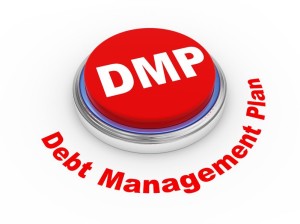Chapter 11 is the most complex and expensive to for filing bankruptcy. This bankruptcy code involves the reorganization of a debtor’s business affairs and assets. The corporations that are in need of time to restructure their debts file their bankruptcy using Chapter 11.
Chapter 11 is found to be the best way to the small businesses to file the bankruptcy. Though they can file the bankruptcy under Chapter 13 but they face few hurdles while filing under the mentioned Chapter. The hurdles are:
1. Chapter 13 needs a continuous flow of income to keep the debt repayment in a flow of no “no-pay”. Besides this the small businesses that are operated as partnership or through corporations are not eligible for filing under the Chapter 13.
2. The Chapter 13 is also subjected to debt limitations which changes periodically. Right now the debt limit is $383,175 in unsecured debt and $1,149,525 in secured debt.1
3. In case of appointment of trustee, it is a necessity in Chapter 13 filing but the Eleven doesn’t need an appointed trustee to ensure the re-payment unless there is a matter of mismanagement or fraud.
Though Chapter 11 is advantageous then Chapter 13 in the aforesaid ways but the main disadvantages of the Chapter is its complex ways of execution followed by a considerable high expense. Firebaugh & Andrews, being Westland Michigan Bankruptcy Lawyer/Attorney with Chapter 7, 11 and 13, after discussion with the debtor if found that the filing needs Chapter 11 utmost then only they file the bankruptcy through 11 otherwise they prefer 13.
When and When Not To File Under Chapter 11
Reply

